细胞计数很重要:如何根据种子大小选择合适的种子托盘
2025-07-16 16:09:00
在室内或温室里播种时,种子托盘是任何种植者工具包的重要组成部分。然而,成功发芽和移栽最容易被忽视的因素之一是根据种子大小选择合适的托盘结构。无论您使用的是微小的草本植物种子还是大型蔬菜品种,将托盘细胞数量和深度与种子需求相匹配都会显著影响根系健康、水分控制和整体幼苗成功率。
在本指南中,我们将解释如何为大小种子选择理想的种子托盘,探索常见的错误,并提供实用的技巧,帮助您从一开始就培育出更强壮的幼苗。
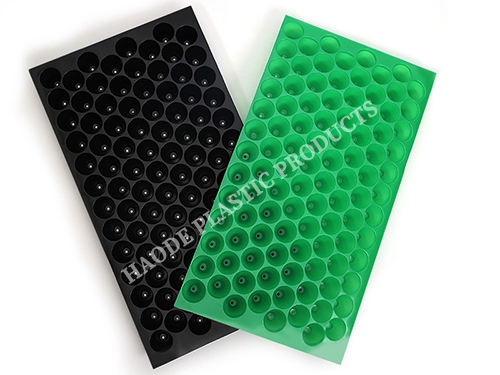
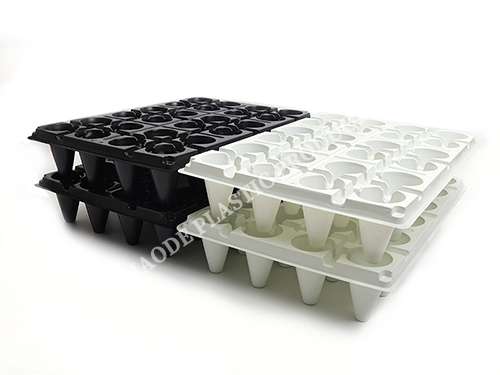
为什么选择种子托盘时种子大小很重要
并非所有种子生来平等。有些比一粒沙子还小(如百里香或生菜),而另一些,如南瓜或豆类,体积庞大,需要更多的生长空间。种子的大小直接影响幼苗在土壤线以上和以下需要多少空间。
种子托盘有各种细胞计数,通常每个托盘有12到288个细胞。较小的细胞是小种子的理想选择,而较大的细胞则为大种子的强健根系提供了空间。
小种子:使用更高细胞数的托盘
示例:生菜、罗勒、百里香、矮牵牛、西兰花、卷心菜
推荐细胞计数:
每个托盘128、200或288个细胞
为什么有效:
小种子不需要太多的土壤体积来发芽。
更紧密的间距可以有效地利用空间。
浅根系不需要深托盘。
专业提示:
使用无菌、质地细腻的种子起始混合物,以实现均匀分布。
轻轻地喷洒,以避免细小的种子脱落。
尽早把幼苗弄薄,防止过度拥挤。
通过使用高细胞数的种子托盘,您可以在紧凑的区域内种植大量植物,而不会牺牲植物的健康。只要确保托盘保持湿润并获得足够的光线。
大种子:使用较低的细胞数,较深的托盘
例如:南瓜、黄瓜、南瓜、向日葵、西红柿、辣椒
推荐细胞计数:
每个托盘24、36、50或72个电池
为什么有效:
大种子需要更多的土壤体积才能生根。
植物生长迅速,并受益于充足的空间。
防止根系缠结或被根系束缚。
专业提示:
选择细胞较深的托盘,以获得较长的主根。
底部浇水有助于保持水分而不过度饱和。
在根部开始环绕细胞边缘之前进行移植。
使用错误的托盘(例如,将小细胞用于大种子)可能会导致生长迟缓、移植休克和浪费种子起始混合物。给大种子生长的空间。
托盘深度也很重要
细胞计数不是唯一的考虑因素。托盘深度起着关键作用,特别是在为深根作物选择托盘时。标准种子托盘的深度通常为:
·浅(1.5-2):非常适合小种子和快速种植者
·中等(2-2.5):适合大多数蔬菜和花卉
·深(3-4):最适合大种子或移植前较长的生长期
如果你希望在室内种植几周的幼苗,更深的托盘将有助于减轻根系压力。
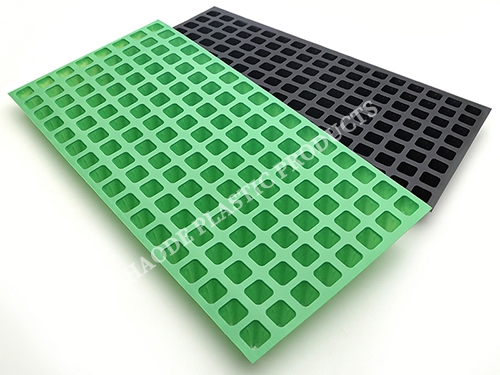
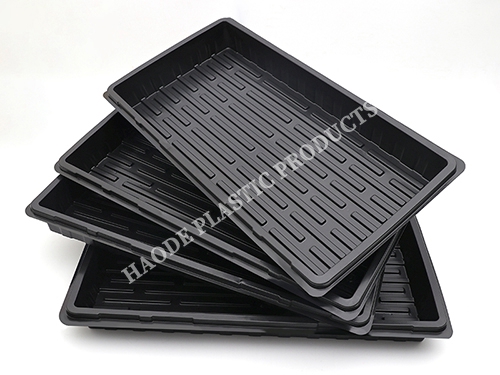
细胞大小与发芽时间的匹配
这里有一个快速表格来帮助指导您的选择:
要避免的常见错误
·将小细胞用于大种子:限制根系发育并增加移植冲击。
·用深托盘装小种子:浪费空间和混合,可能会保留多余的水分。
·跳过适当的排水:始终确保您的托盘有排水孔,特别是对于深层细胞。
·移植等待时间过长:小细胞中过度生长的幼苗可能会受到根系压力,存活率降低。
种子托盘移植技巧
·总是用叶子而不是茎来处理幼苗。
·移植前彻底浇水,保持根球完整。
·在搬到花园之前,在户外将幼苗硬化5-7天。
·对于可生物降解的种子托盘,将整个细胞直接种植在土壤中,以避免根系干扰。
最后的想法:让你的种子托盘更聪明地工作
选择正确的种子托盘不仅是为了方便,也是为了优化你的种子启动成功率。无论你使用的是小型草本植物种子还是大型蔬菜,选择正确的细胞数量和深度都能让每株植物从第一天起就充分发挥其潜力。
通过深思熟虑的种子大小和托盘配置方法,您的幼苗将更健康,更容易移植,更有可能在花园或温室中茁壮成长。从种子开始就不要猜测,让你的种子托盘来承担重任。
参考文献
·约翰逊,M.(2020)。室内播种:优化不同作物的容器尺寸。明尼苏达大学推广部。
·李,S.(2021)。细胞繁殖系统中的发芽和根系发育。园艺科学杂志,。
·Anderson,R.(2019)。选择合适的播种容器。俄勒冈州立大学推广服务。
·Patel,T.(2022)。有机系统中的可持续幼苗管理。美国植物学杂志。
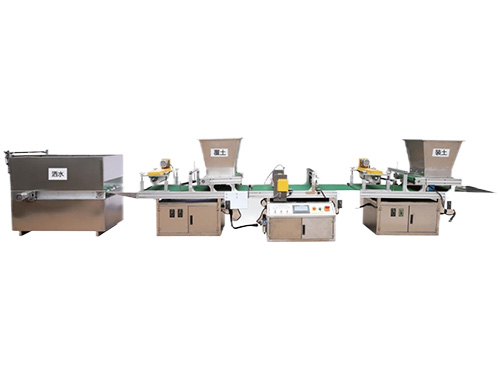
采用电气一体化,按触摸屏上全自动按钮一键启动,穴盘放在传输带上...
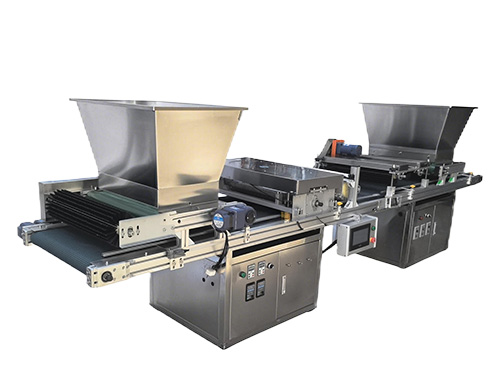
XP750型 播种机性能稳定,品质量优良良,操作简单便捷,高速细致。...
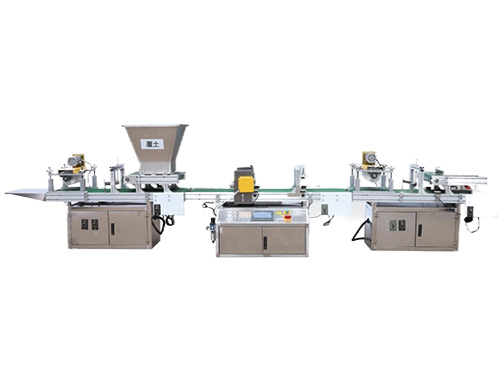
采用电气一体化,按触摸屏上全自动按钮一键启动,穴盘放在传输带上...
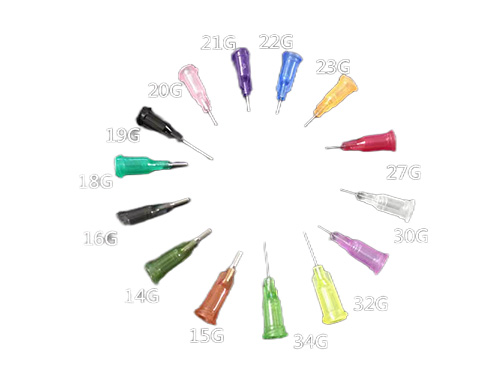
针头清单吸种嘴型号 不同型号 播种种类不同...
